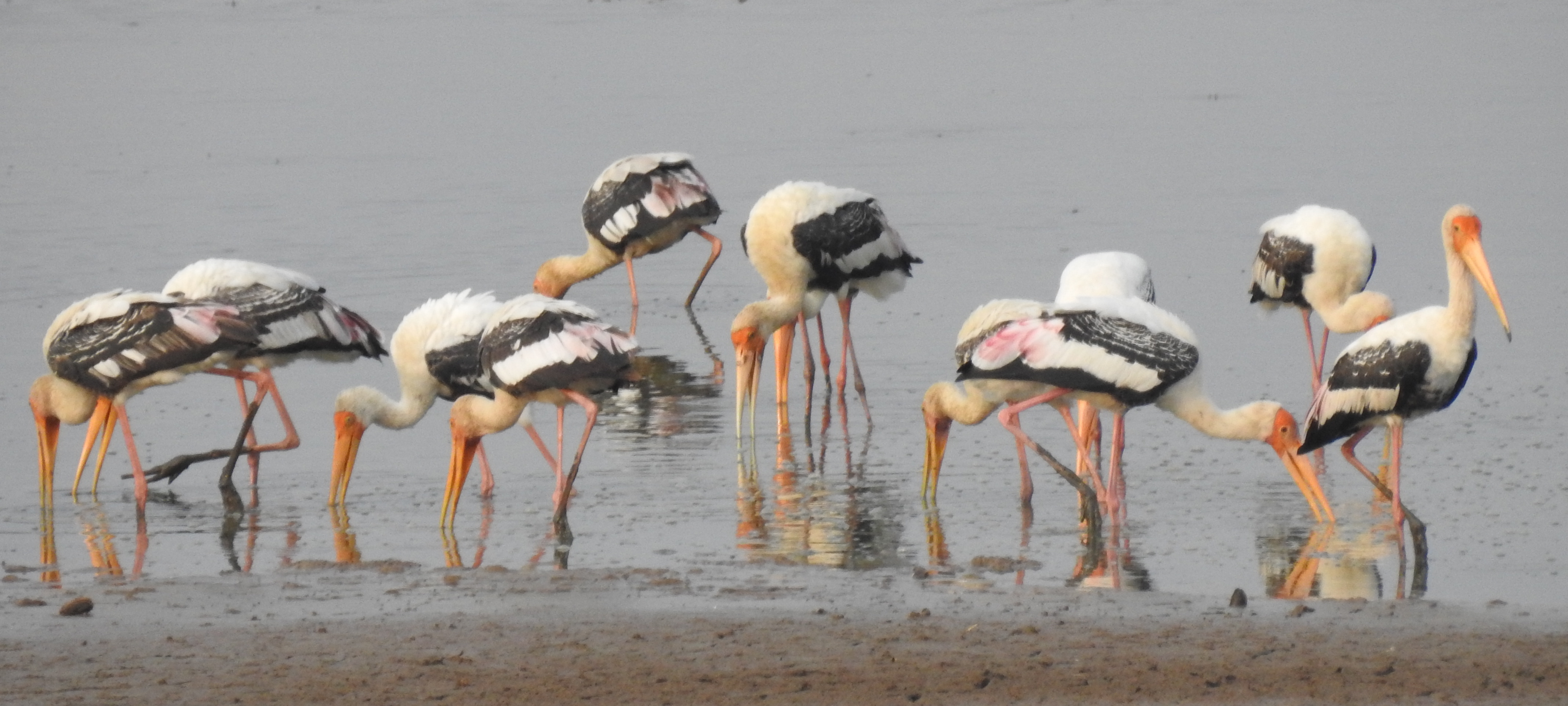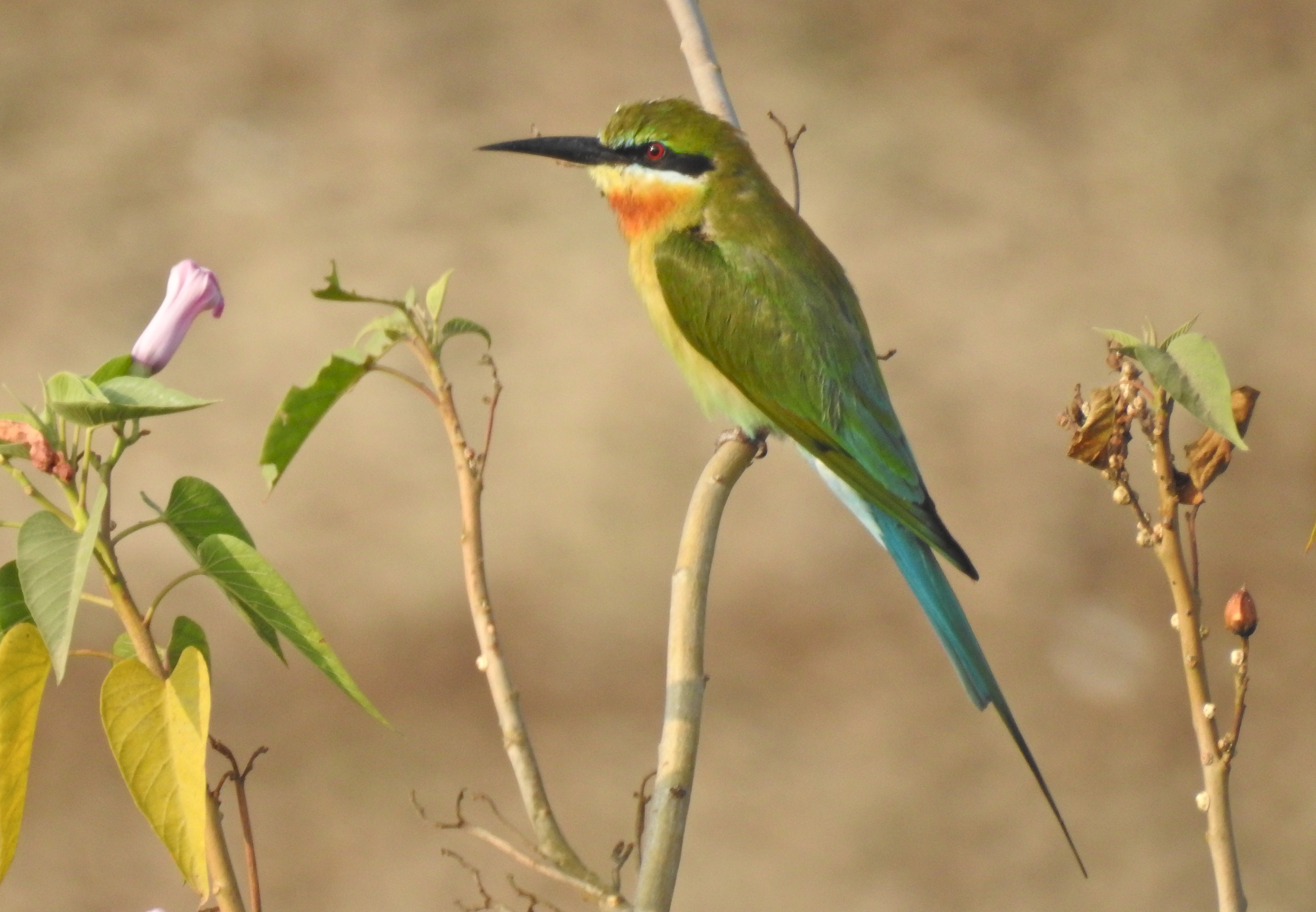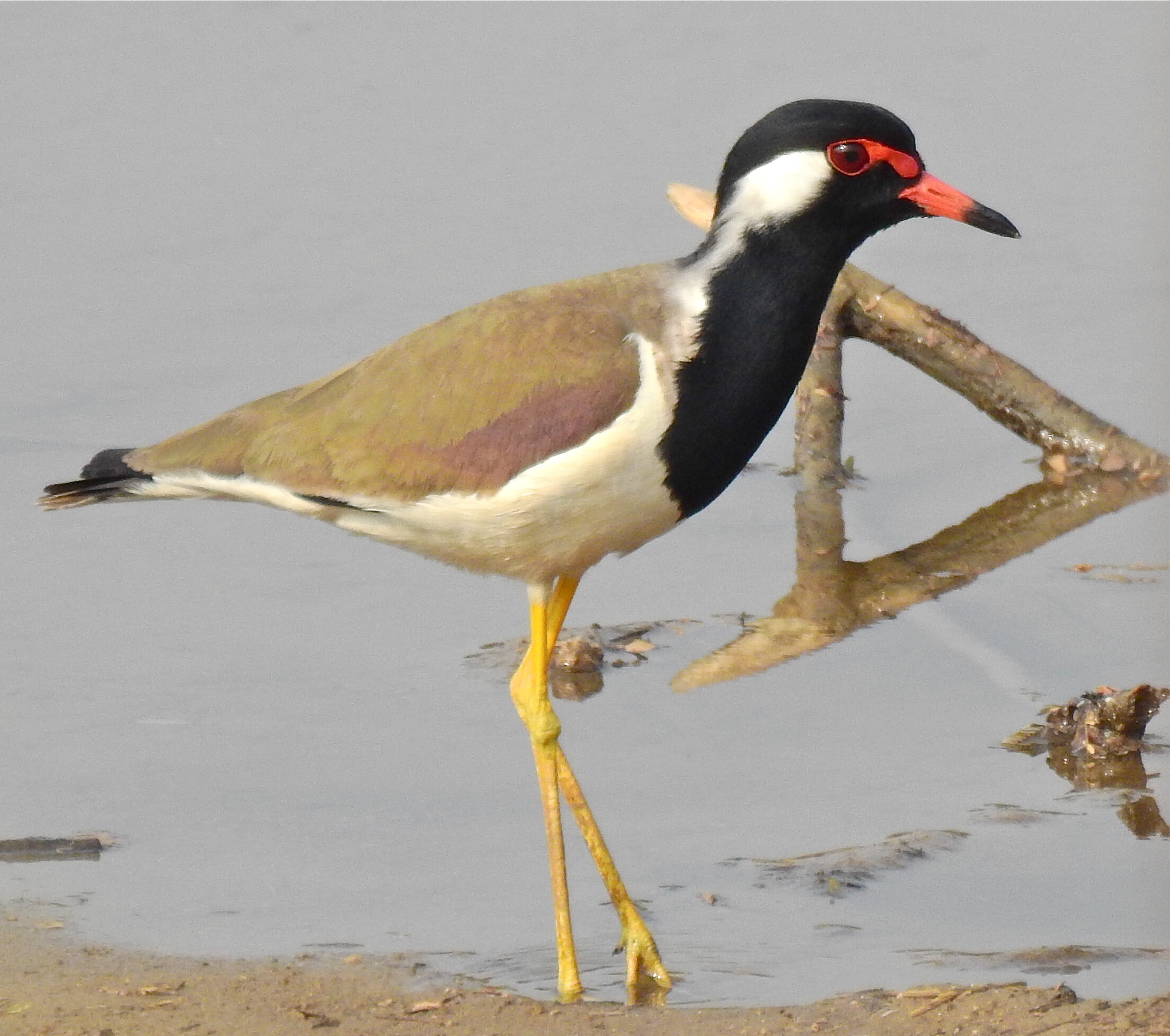Why Perur Lake?
Globally, both coastal and internal wetlands are one of the most precious natural resource that we possess, which are also a major host of biodiversity. This valuable ecosystem either directly or indirectly is responsible for providing nearly all of the world’s fresh water. In addition, more than 40% of all species like fish, birds and other creatures consider this ecosystem their rightful home. If these wetlands are managed in a sustainable manner, they will continue to provide employment to more than one billion people all over the world, while simultaneously mitigating floods and providing groundwater recharge.
Yet, this major safe haven of biodiversity is given scant attention by some national governments and as well as many local communities. A United Nations report on wetlands dated 27th of Sep 2018 also called the Ramsar convention, published by many eminent scientists in the field, states that this ecosystem, which is crucial for biodiversity is “dangerously undervalued”. They estimate that since 1900 around 64% of the world’s wetlands have vanished, due to reasons ranging from water diversion to agriculture. Another UN report, published in May 2019 titled “Intergovernmental Science-Policy Platform on Biodiversity and Ecosystem Services (IPBES)” argues, that one of the chief methods to fight species extinction in this era of Global Climate Change is to conserve local biodiversity.
The Greater Coimbatore area is the lucky recipient of the long-term vision of the Kongu Cholas (8th – 9th century CE), who during their reign created many wetlands along the Noyyal River basin. These ecosystem gems are the great storehouses, where many of the marine and associated avian biodiversity have been sustained for centuries. Therefore, it is incumbent upon us to conserve this precious resource, for the benefit of future generations.
The Perur – Sundakamuthur Lake or Perur Lake is one such gem of a wetland located in the southwestern edges of the city of Coimbatore. Given the lack of heavy industrial activity in the area and its associated pollution like chemicals, heavy metals, sewer etc, it fits into an ideal case for studying and monitoring the avian population as a representative wetland in the Noyyal river basin. Since, this wetland is of moderate dimension, a small group to six to eight dedicated bird watchers can easily perform monthly counts with proper equipment and some advance planning.
The Perur Lake Count is usually conducted on the 2nd Sat of the month starting at 7 AM by walking along a 2km transect, which are divided into six zones for convenience. All the birds that are seen with the help of binoculars and spotting scopes or otherwise heard are entered in a standardized checklist. This list is carefully vetted the same day for accuracy, confirmation of rare sightings and correction of errors if necessary, with the help of field guides and associated literature. This count was begun in March of 2014 and a two year summary of the data collected was analyzed to establish the status of the lake’s water birds. The results were published in the Journal of Threatened Taxa (JoTT) in Oct 2018 whose link is
https://threatenedtaxa.org/index.php/JoTT/article/view/3864/5986
Intermediate bird watchers interested in volunteering to participate in this study or other similar studies may do so clicking (volunteer opportunities) and filling the relevant information. Become a Volunteer
G. Parameswaran.






No Comments